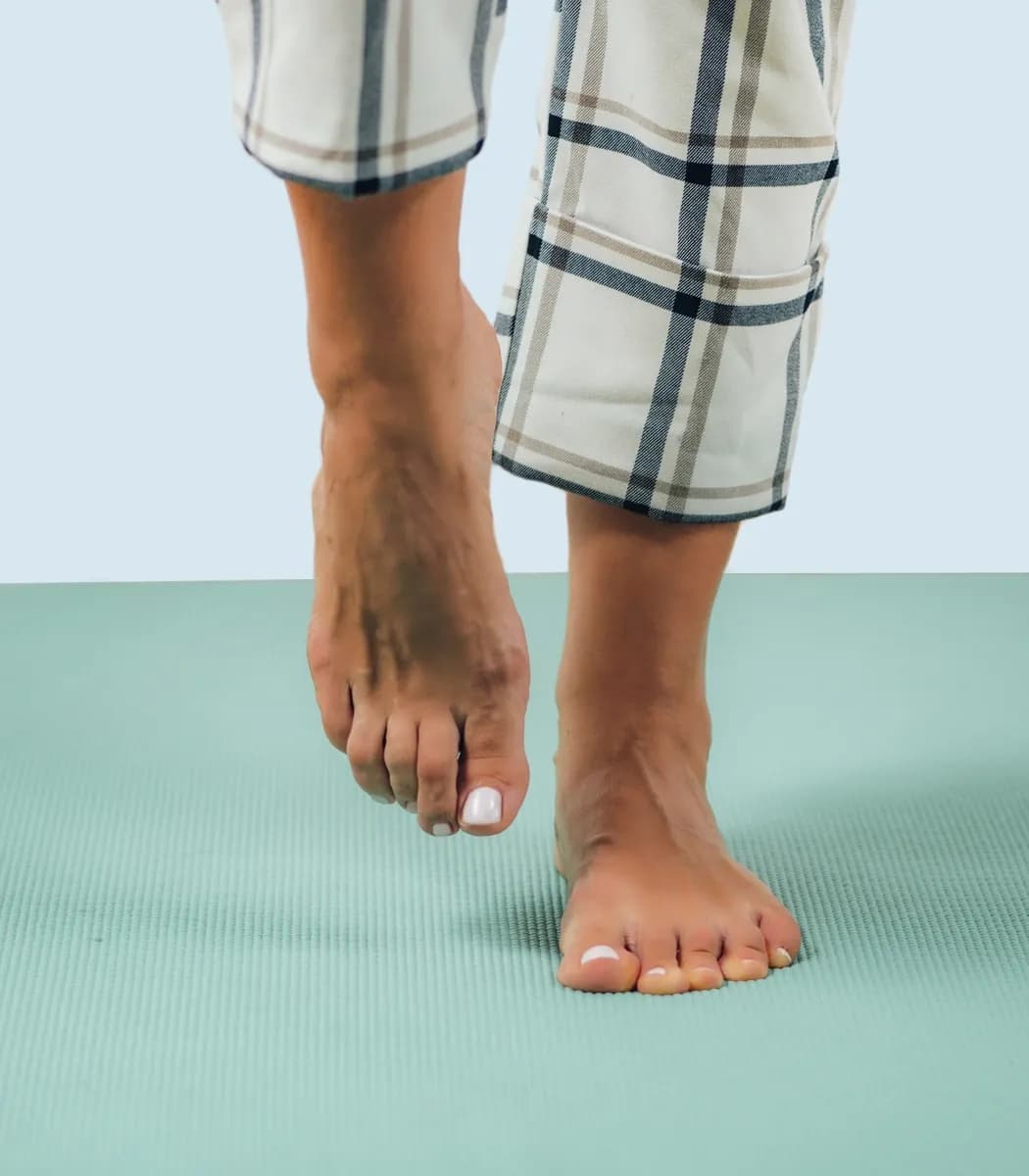What is a stroke? Everything you need to know
A stroke, sometimes called a brain attack or Cerebral Vascular Attack (CVA), is a serious and potentially life-threatening condition that can lead to foot drop1. It occurs when a blood flow to a part of the brain is interrupted, either by a blocked artery or bleeding in the brain2. Without adequate blood flow, brain cells begin to die because of a lack of oxygen and nutrients (2,3,4).
Is it common to have a stroke?
Over 12 million people worldwide had a stroke in 2019, making it a common condition. Stroke the second leading cause of death globally and the third leading cause when considering both death and disability combined (5).
Who has a high risk of having a stroke?
It can affect anyone, including adults, children, and the elderly. However, they are more prevalent in older adults, with approximately two-thirds of strokes occurring in people over the age of 654.
Age is a significant risk factor, but other medical conditions also increase the likelihood of having a stroke. These include high blood pressure, high cholesterol, obesity, diabetes, and heart issues4. While men are generally at higher risk of having a stroke, they tend to be more deadly for women (4).
What are the main causes?
Strokes are mainly caused by two different mechanisms, leading to two main types:
- Hemorrhagic stroke (2,3):
Occurs when a blood vessel in the brain ruptures and bleeds into nearby tissue, often due to high blood pressure or vessel abnormalities. It accounts for 15% of all strokes.
- Ischemic stroke (2,3):
Occurs when a blood vessel supplying the brain is blocked by a clot (thrombus, plaque, or embolus), stopping blood flow to the brain. It accounts for 85% of all strokes.

How can I quickly recognize the signs?
To recognize the warning signs quickly, you can use the acronym BE FAST6.
- B -> Balance: A sudden loss of balance or coordination.
- E -> Eye: A sudden trouble seeing in one or both eyes.
- F -> Face droop: One side of the face may droop or feel numb.
- A -> Arms: If you raise both arms, one arm may drift downward.
- S -> Speech: Speech may be slurred, or the person may have difficulty speaking or understanding you.
- T-> Time: If you notice any of the signs, it is crucial to call emergency services immediately.
Can a stroke lead to foot drop?
Foot drop is a common complication with stroke patients, affecting 14% of stroke survivors (7). For more information on foot drop, see our article "foot drop, symptom, cause, treatment."
A stroke can damage the part of the brain that controls movement, causing weakness or paralysis on one side of the body, this is called hemiparesis. This condition can severely impair movement and function. Hemiparesis often results in foot drop because of weaknesses or a lack of control over the ankle and dorsiflexor muscles, which are crucial for lifting the foot (8,9).
Other conditions can also lead to foot drop, such as multiple sclerosis (MS), for more information on MS, see our article "MS", or Charcot-Marie-Tooth disease (CMT), for more information on CMT, see our article "CMT".
1 Kluding P. et al. Foot Drop Stimulation Versus Ankle Foot Orthosis After Stroke: 30-Week Outcomes. Ahaiasa Journal (2013). Vol. 44, num 6. https://doi.org/10.1161/STROKEAHA.111.000334
2 Tadi P, Lui F. Acute Stroke. 2023 Aug 17. In: StatPearls [Internet]. Treasure Island (FL): StatPearls Publishing; 2025 Jan–. PMID: 30570990.
3 MartInez-Coria H, Arrieta-Cruz I, Cruz ME, López-Valdés HE. Physiopathology of ischemic stroke and its modulation using memantine: evidence from preclinical stroke. Neural Regen Res. 2021 Mar;16(3):433-439. doi: 10.4103/1673-5374.293129. PMID: 32985462; PMCID: PMC7996012.
4 Razaaq, H. (2021). A Short Review: Genetic Risk Factors of Stroke. Journal of University of Anbar for Pure Science. https://doi.org/10.37652/juaps.2022.172447.
5 Feigin et al.. (2021). Global, regional, and national burden of stroke and its risk factors, 1990–2019 : a systematic analysis for the Global Burden of Disease Study 2019. The Lancet Neurology, 20(10), 795820. https://doi.org/10.1016/s1474-4422(21)00252-0
6 Kleindorfer, D. O., Miller, R., Moomaw, C. J., Alwell, K., Broderick, J. P., Khoury, J., Woo, D., Flaherty, M. L., Zakaria, T., & Kissela, B. M. (2007). Designing a Message for Public Education Regarding Stroke. Stroke, 38(10), 28642868. https://doi.org/10.1161/strokeaha.107.484329
7 Carolus AE, Becker M, Cuny J, Smektala R, Schmieder K, Brenke C. The Interdisciplinary Management of Foot Drop. Dtsch Arztebl Int. 2019 May 17;116(20):347-354. doi: 10.3238/arztebl.2019.0347. PMID: 31288916; PMCID: PMC6637663.
8 Tadi P, Lui F. Acute Stroke. 2023 Aug 17. In: StatPearls [Internet]. Treasure Island (FL): StatPearls Publishing; 2025 Jan–. PMID: 30570990.
9 Mao, Y.R., Zhao, J.L., Bian, M.J. et al. Spatiotemporal, kinematic and kinetic assessment of the effects of a foot drop stimulator for home-based rehabilitation of patients with chronic stroke: a randomized clinical trial. J NeuroEngineering Rehabil 19, 56 (2022). https://doi.org/10.1186/s12984-022-01036-0


